Meeting of Mayo Part III of III by W.P. Minor
Mayo said in those early years, Lone Star Steel obtained an 87 million dollar federal loan and the money was put into the plant located adjacent to the newly incorporated town of “Lone Star.” Four open hearth furnaces were built followed by two rolling mills. The process included a “two high mill” and a “four high mill” and the company began to make oil field pipe of varying wall thicknesses. Later on a “seamless mill” was added where pipe was made by sort of an arbor being punched through the molten steel and the pipe was shaped rather than having been rolled with a welded seam. The theory was that the seamless pipe was stronger than pipe made from earlier methods. Included in the upgrades to the plant were a couple of “electro-furnaces.”
Mayo said Lone Star Steel had some distinct advantages over competitors such as U.S. Steel at the time due to the fact that the competition had to farm out certain parts of their processes. This meant Lone Star Steel’s competitors had to rely on processes that were geographically spread out. This significantly lengthened the time from placement of orders and shipment of the final product.
Mayo said that Lone Star Steel, could negotiate the deal on one day, then production of the ordered product was done within four days. By the end of one week said Mayo, the customer in most cases, received their order. This is a remarkable accomplishment in light of the fact that depending on specifications, the pipe was essentially in all cases, a special ordered product.
To facilitate this stream of negotiations, contracts, orders, production and delivery of products, Lone Star Steel, early on, maintained two or more aircraft which were crucial to the manner in which the company conducted sales of its product. Mayo said that he and the crew would board the aircraft and fly to pick up customers early in the morning. Aviation Secretary Peg McDonald would arrange for the group to have breakfast. McDonald had retired as a stewardess from American Airlines prior to joining Lone Star Steel’s aviation department. Arriving at the company airport only a short drive across the dam of the little lake, the prospective customers would be given a tour of the Lone Star Steel plant.
Then the group would be return across the lake to a company owned Lake House where a couple by the name of Cunningham were the caretakers. Mrs. Cunningham would cook up a wonderful country dinner, normally consisting of homemade fried chicken and vegetables from her garden. She would also serve a special recipe called “Jalapeño Rice.” Mayo indicated those meals were incredibly good.
On a full stomach, the group would get down to negotiations and by the afternoon, contracts were signed and orders were placed. The potential customers were flown back home as customers by the close of the day. Perhaps Lone Star Steel’s secret weapons in their quest to outdo their competitors at the time went beyond their ability to provide special ordered products with profound speed. Mrs. Cunningham’s fried chicken and jalapeno rice might have had something to do with it.
There were other advantages Lone Star Steel had that the competitors did not have or did not offer. Mayo said Lone Star Steel had a guarantee on their pipe and the guarantee was, that if the pipe failed, Lone Star Steel would “buy the well.” I asked Mayo to explain and he said should their pipe fail, Lone Star Steel would pull the pipe, replace it with new, and reimburse the production company for lost production and downtime for the well. He said this was a service that larger companies could not seem to provide. Mayo proudly explained though, that Lone Star Steel had a good method of testing the pipe as soon as it rolled off the production line and that the pipe had to pass a test to 110 percent of its engineered strength. This testing likely kept Lone Star Steel from having to buy too many wells.
When I redirected Mayo toward his experiences with the company’s aviation department, he listed the aircraft the company used during his 37 years. First it was a Twin Beech, followed by a DC-3 which he showed me a picture of. He said the company’s chief pilot Maurice White, who he also showed me a photograph, particularly loved the DC-3 and had been a pilot in the Army Air Corps during World War II. The co-pilot was named Bryan Moses. Pat Malone later joined the group of company pilots. The company later acquired a Convair 240 and an A26 Bomber converted into a corporate aircraft. These were followed in the 1980s, by a Gulfstream Jet. Mayo said when he began with the company, the runway located southwest of the steel mill, was a “dirt runway” but was later lengthened to five thousand feet and was paved with the addition of a hangar complete with a “pilot’s lounge upstairs.” Today, the runway remains but is fenced across the middle and is no longer serviceable.
Long about 1968, E.B. Germany relinquished the helm of Lone Star Steel when George A. Wilson was appointed as Chief Executive Officer. Wilson, from New Orleans, Mayo said, had been the former Chief Council for Standard Oil Company and talked with a stout “southern drawl.” Mayo said around the time of Wilson’s taking over, he had helped put together several simultaneous presentations and that Wilson had took a liking to him. The new C.E.O. liked Mayo’s organizational skills and they struck up a quick friendship. Mayo said that Wilson told him after his first visit, “I am going back to New Orleans and you won’t hear anything from me for six months.” “I don’t know anything about steel mills” Wilson said to Mayo, but he finished with “When I come back, I will know everything there is to know about them.”
Mayo gave me a couple copies of photos. One was of Lone Star Steel’s DC-3 prior to it getting the company paint job. It was a beautiful air to air shot of the DC-3 complete with sunlit blurred props. He also gave me a photograph which included Mayo, Chief Pilot Maurice White, co-pilot Bryan Moses, Secretary Velda Lewis, and chief photographer Harold Hughes. They were all seated in the plush corporate interior of the DC-3. Large images of Mallard Male and Female flying duck adorned either side of the bulkhead that led to the cockpit.
On one of the corporate trips, Mayo recalled it had been on a trip back from Denver and when Peg McDonald had accompanied the flight. It was on that flight they learned that Dr. Martin Luther King had been killed. He described the aircraft at the time as a Convair 240 which had seating for fourteen passengers. It was even equipped with a galley Mayo said.
Mayo spoke of some of the ups and downs with the company during his 37 years. Lone Star Steel was eventually sold to a conglomerate (Northwest Industries) which had a hand in a lot of different businesses including Fruit of the Loom and even a wine company. In about 1985, a new C.E.O. was brought in, Mayo said. He described the new CEO as a “whiz kid.” Mayo lamented that through copious poor executive decisions, the new CEO liked to have “drove the company into bankruptcy.” One of his first decisions was to fire all of the company’s sales staff. This meant the company had lost a very talented and successful group of salesmen.
In the way of hospitality to some of the company’s pipe customers, Mayo said, the company owned a site nearby where customers could store pipe. One day the new CEO showed up at the site and noticed that the pipe was not stacked neatly enough to suit him. He instructed his people to get the pipe stacked and banded on timbers in a neat fashion. His employees told him that Lone Star Steel did not own the pipe. The CEO, then told them to tell the customers who owned the pipe get it done. Suffice to say, the highly valued customers, no longer wished to store pipe at the location and “that killed the pipe storage for the customers” Mayo said.
Mayo said under the new management, the company cut out many programs that had contributed to Lone Star Steel’s success. One of those things was something Mayo had helped organize, which he described as an “Employee Communications” section there at the plant. The new CEO ordered the program discontinued. Mayo said he told the fellow, if they cut that line of communications, then the employees knew only of rumor and speculation, and of nothing directly from the company.
Our conversation drifted in and out of the topic of aviation. He said the Chief Pilot Maurice White was not a big fan of the A26 because he told Mayo, you have stay 20 miles ahead of it. Mayo spoke of another ride once while working for the company. He had been late getting back to Love Field and missed his company flight, having to fly back commercial. He said he got a flight on a commercial aircraft back to Longview and the weather was pretty rough. He said when they had been in the air longer than a flight to Longview’s Gregg County Airport should have taken, he started to get concerned. He said the crew on that commercial flight, could not find Longview. Finally the pilots explained they were having trouble finding the airport and if they did not find it soon, they would return to Love Field. After a bit longer, they saw Longview through an opening in the clouds. The airplane did a spiral descent into the hole in the clouds. They landed safely and when he saw the pilots for the first time, he said it was two really young guys.
In an earlier call, I had pondered just how many college degrees had been paid for through wages and salaries paid over the years by the Lone Star Steel Company. He reminded me of our conversation and said “That company provided a good education for my four children.”
I closed the interview by asking if he could describe “in a word” the feeling of the country in 1953 and he quickly responded “Optimism.” I asked his thoughts on the country or world today and he replied with a pragmatic response. He said, “At my age, I don’t really give a flip.” He then made the following statement, which I have paraphrased. Good people and good families will do alright and do not get yanked to and fro. He stood up and proudly pointed to a photograph of his great grandson who at 17 years old had a clear and focused plan for his life. He was studying to be a funeral director following the footsteps of two other family members. An honest profession Mayo expressed and one of servitude. He rather proudly stated that about everyone in his family, had picked a career path that involved servitude to mankind in some fashion or another.
About that time, Mayo’s dog Harry was letting his hunger get the best of his hospitality and was making it known; he was ready for his supper. I had so thoroughly enjoyed my time visiting with Mr. Mayo Lanagan and in writing this, I realized, I forgot to ask him for a copy of Mrs. Cunningham’s Jalapeño Rice which I plan to inquire about very soon.
During our visit, I had told Mayo that I sometimes longed to have been a young man in the 1950s and that is true today. As I left his home, I realized, it’s people like him that fuels that longing to have lived in an earlier time. How interesting it would have been to have been a young impressionable man growing up in the shadow of the greatest generation many whom I have known but to have done so when they were in their prime. As I left, I felt certain, he and I would visit again soon; I hope so.

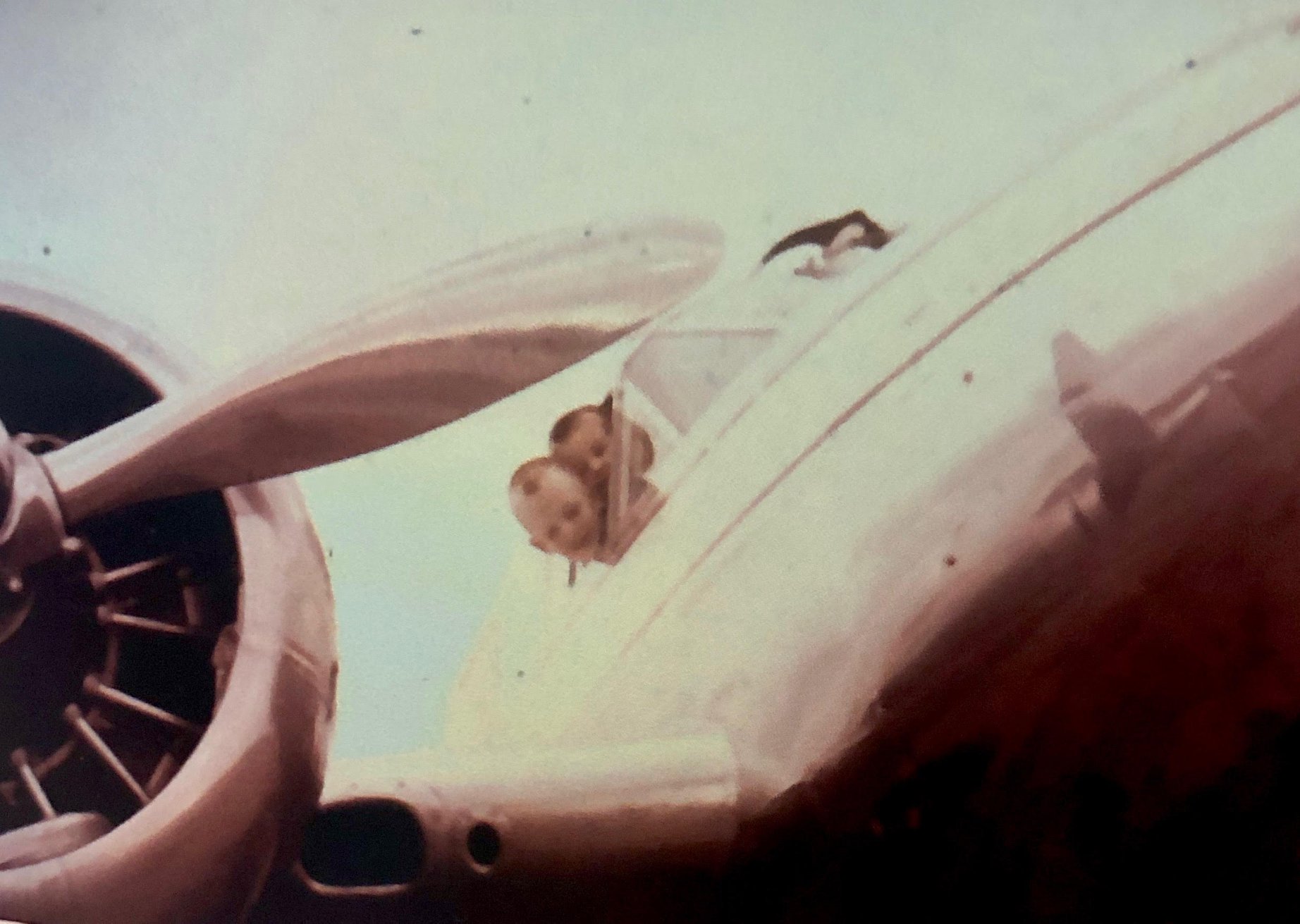
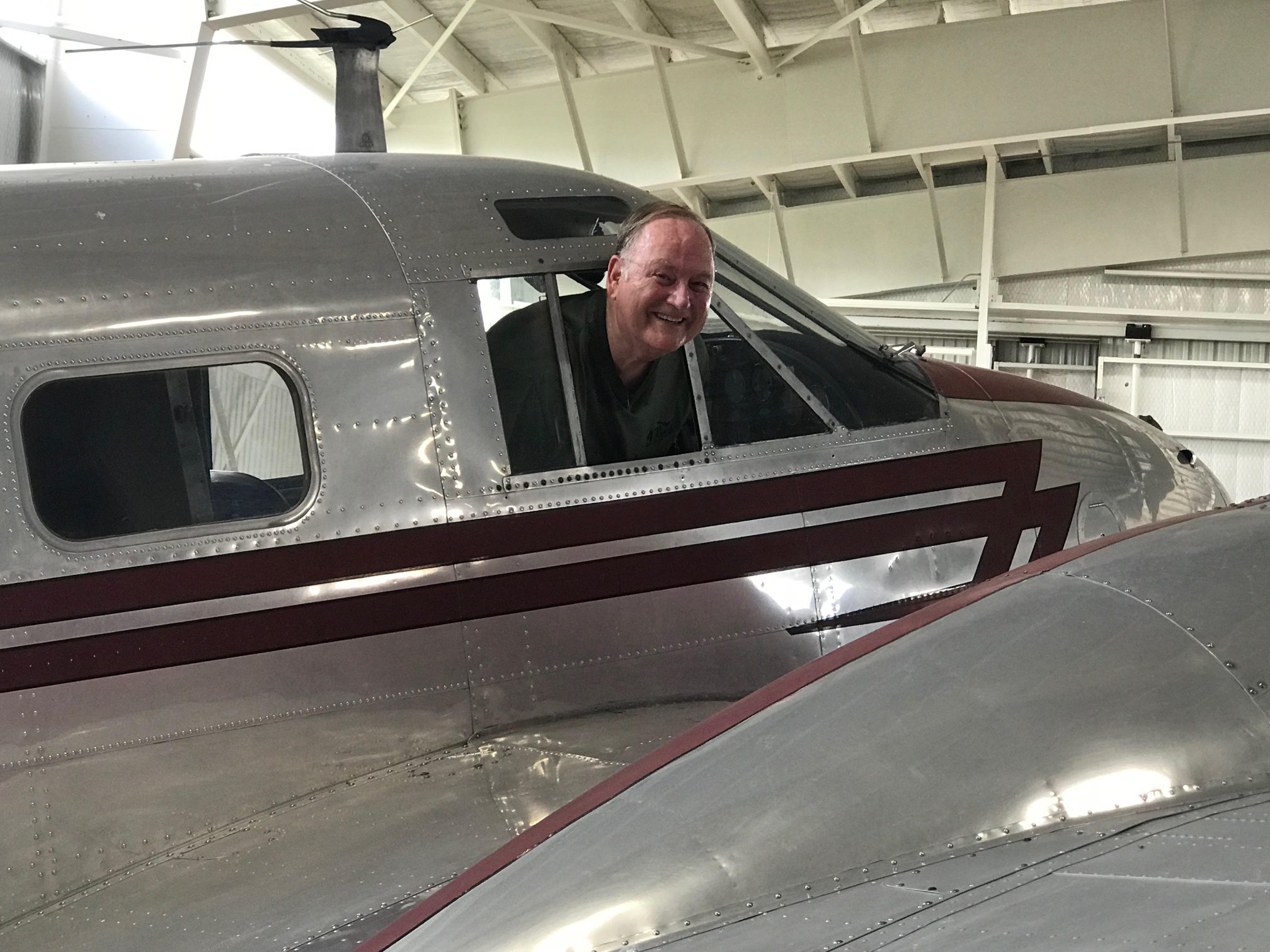
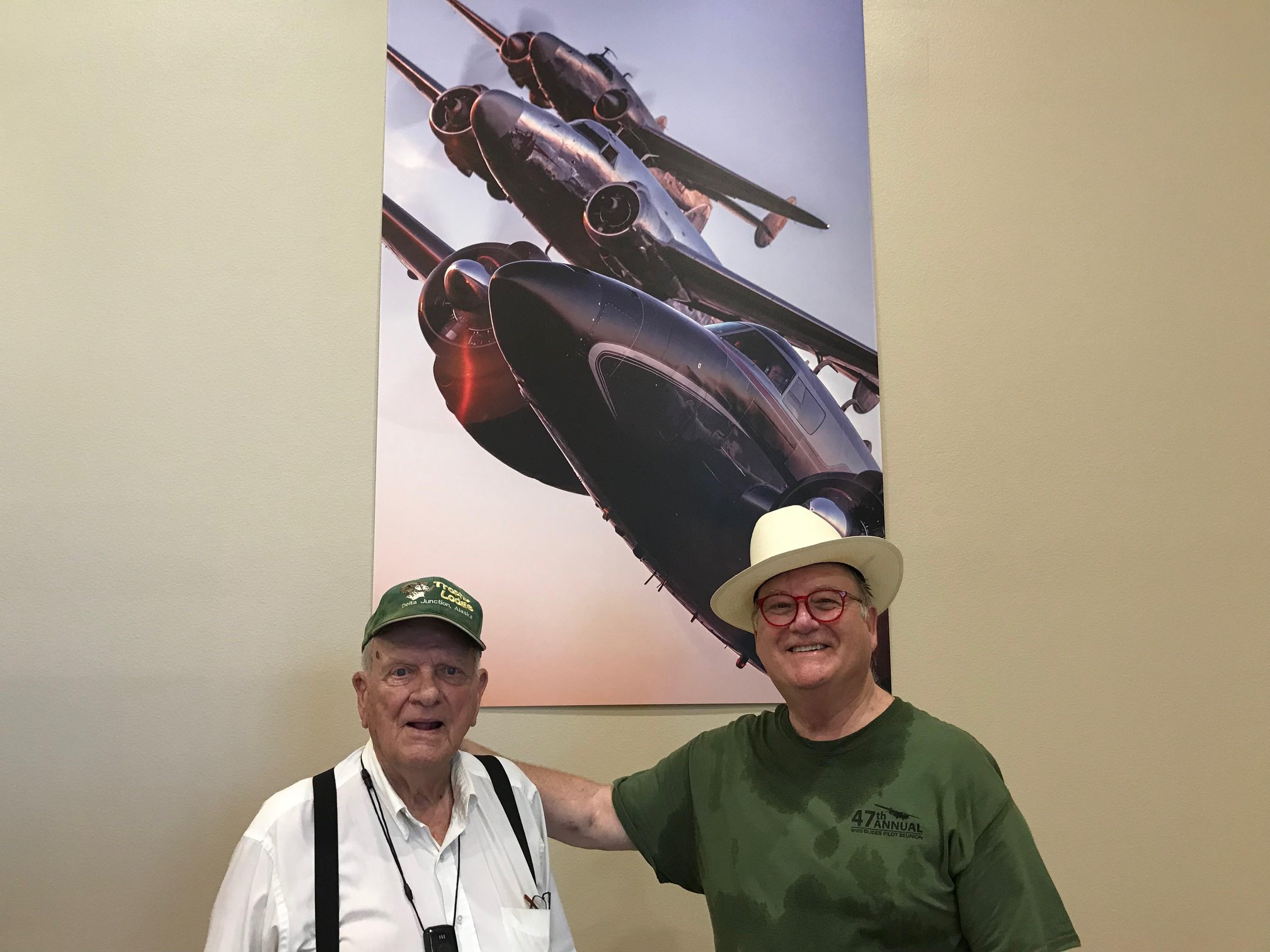
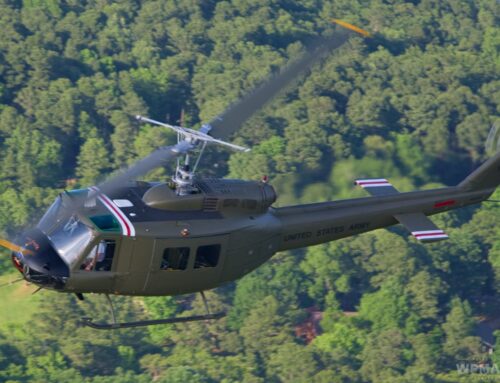
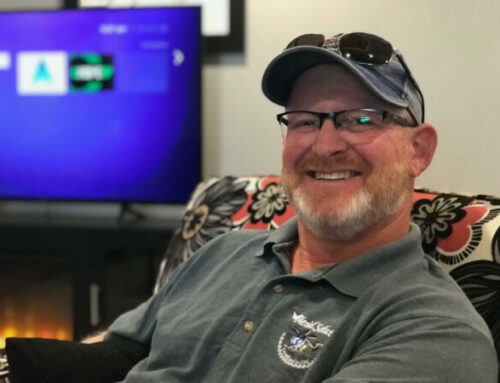
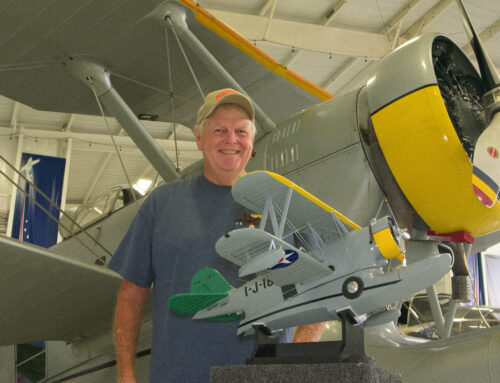
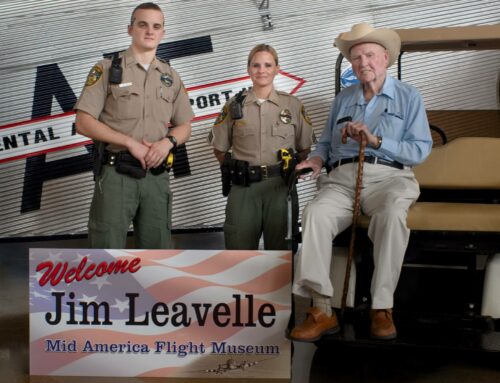
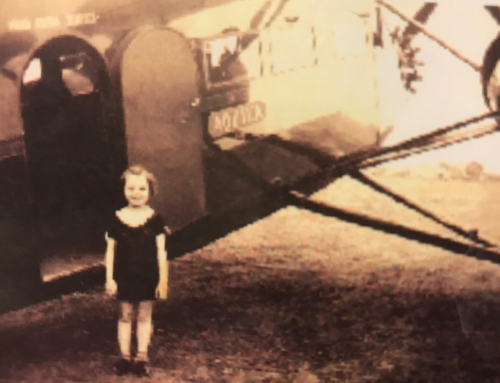
My brother suggested I would possibly like this blog.
He was totally right. This publish truly made my day. You
can not believe just how much time I had spent for this info!
Thank you!